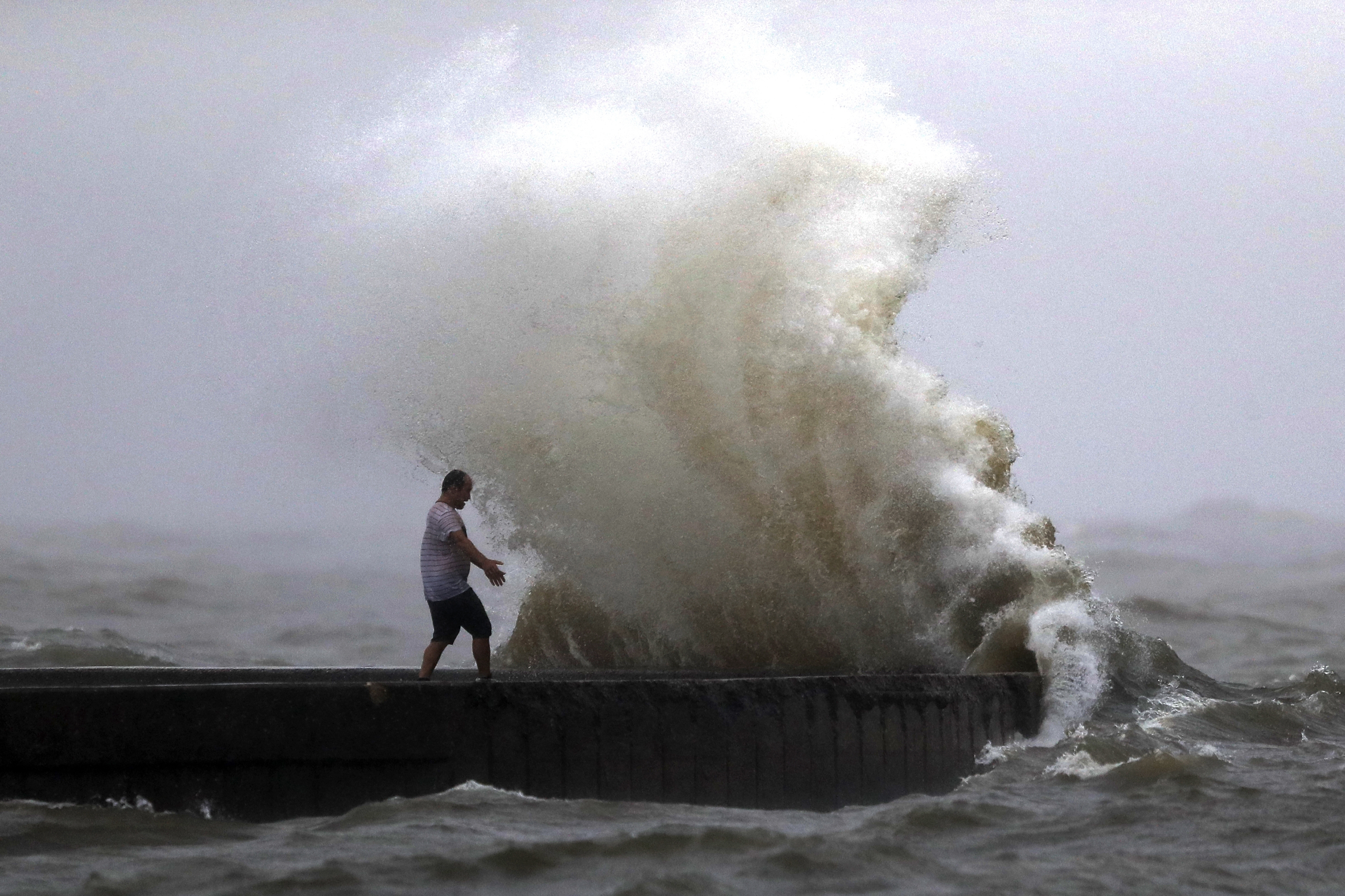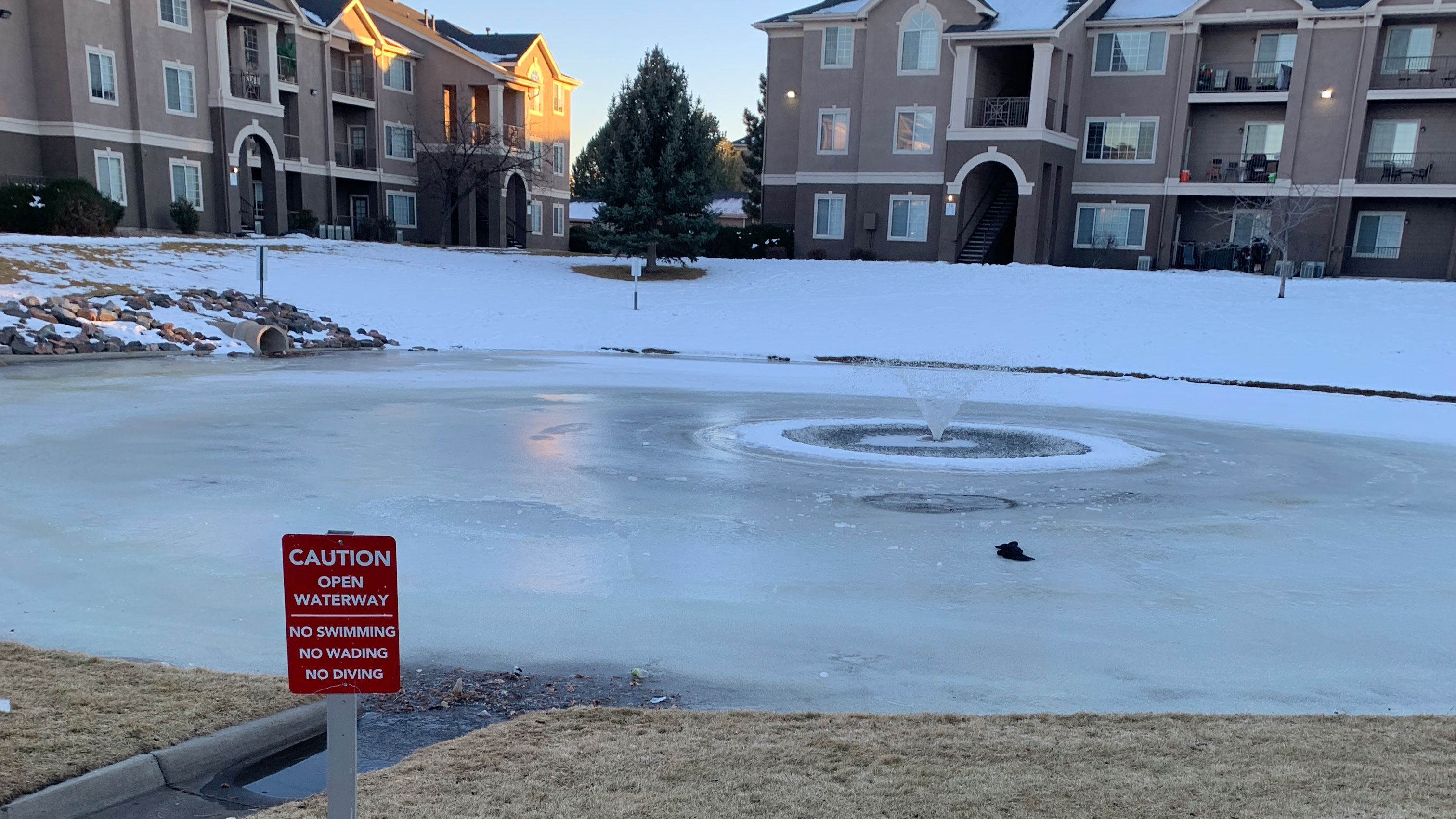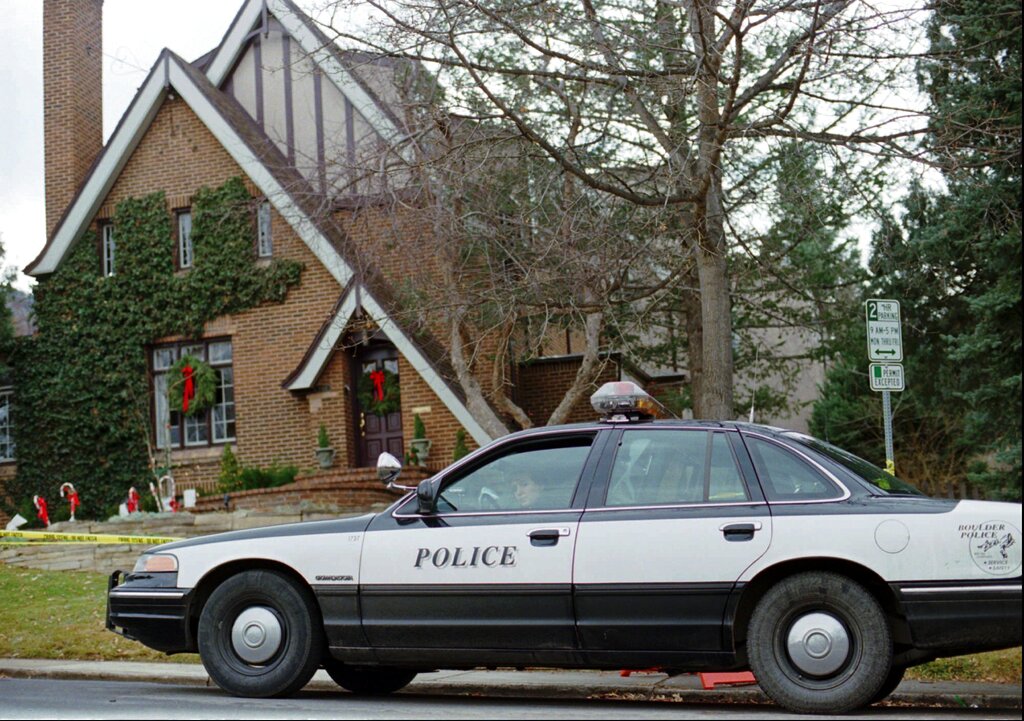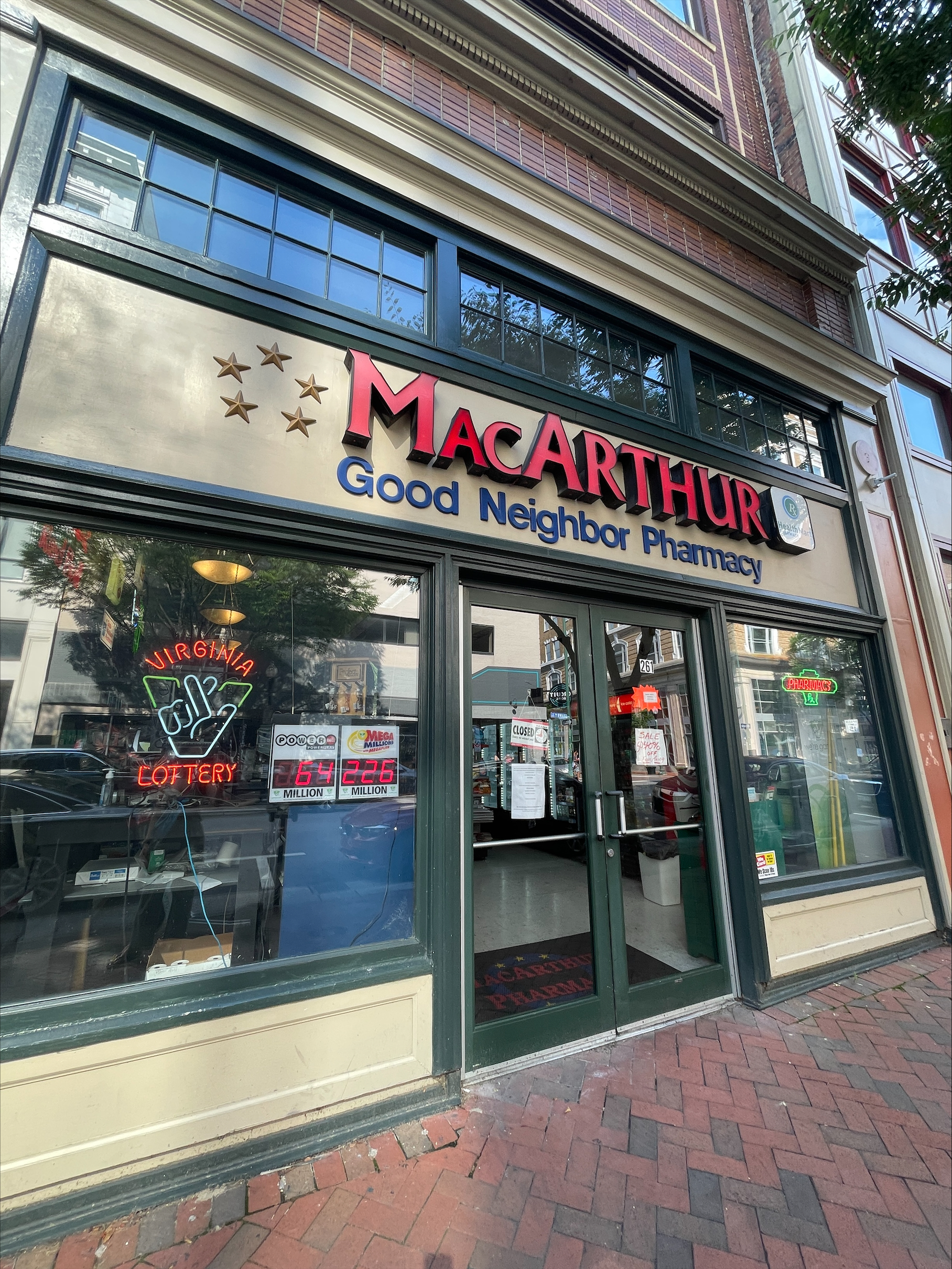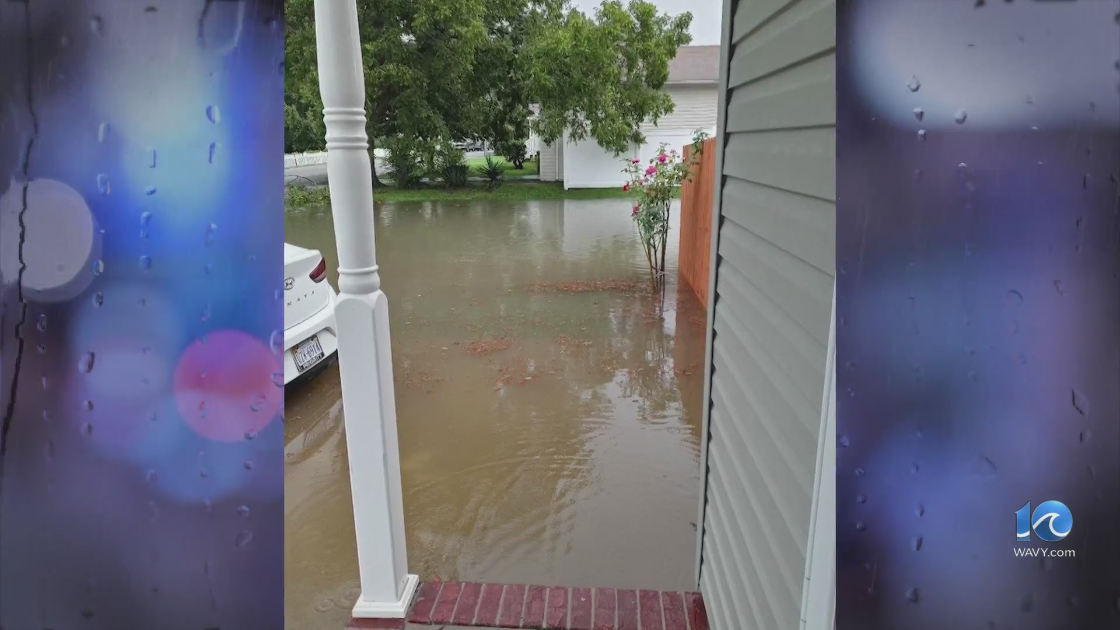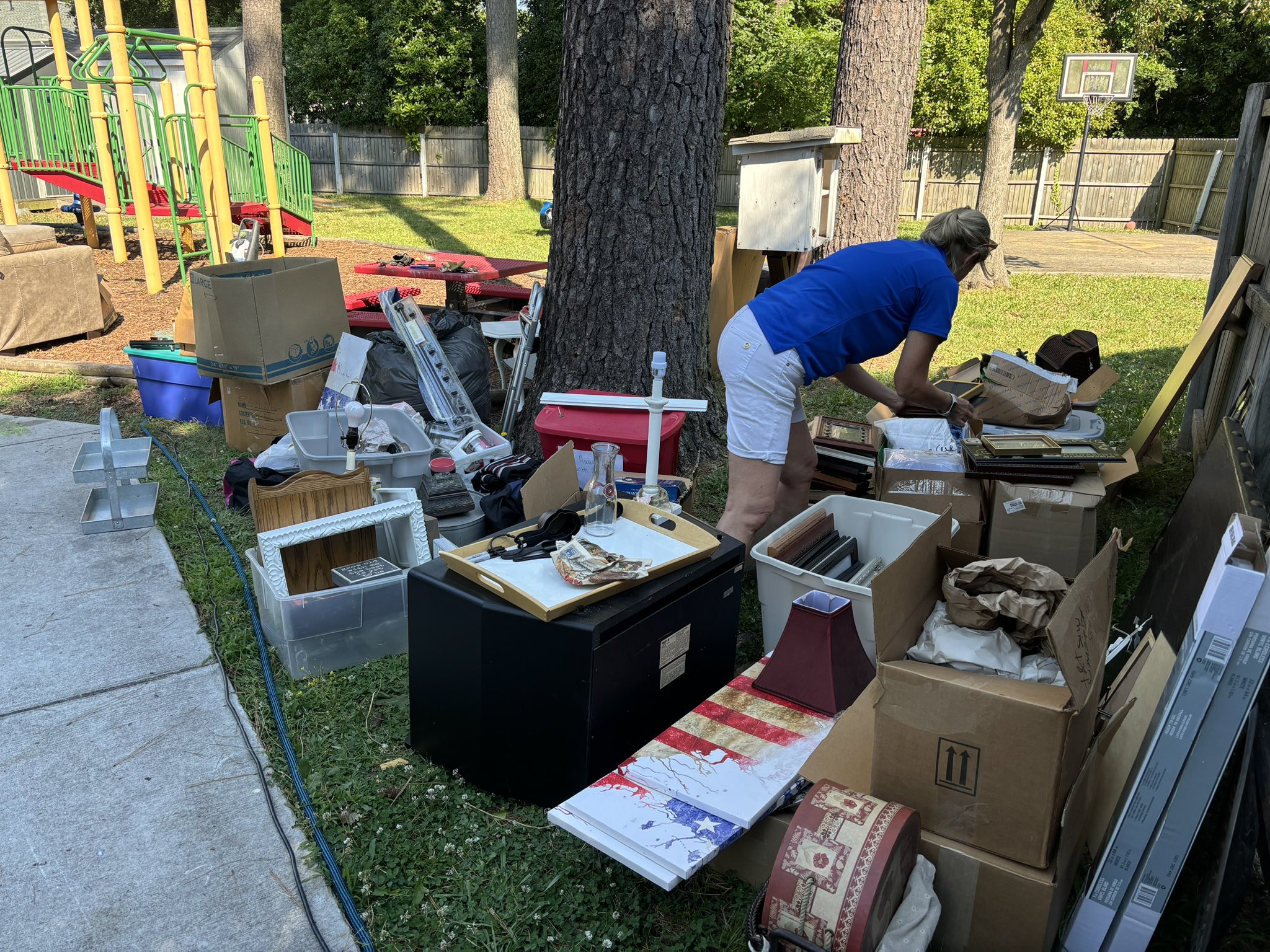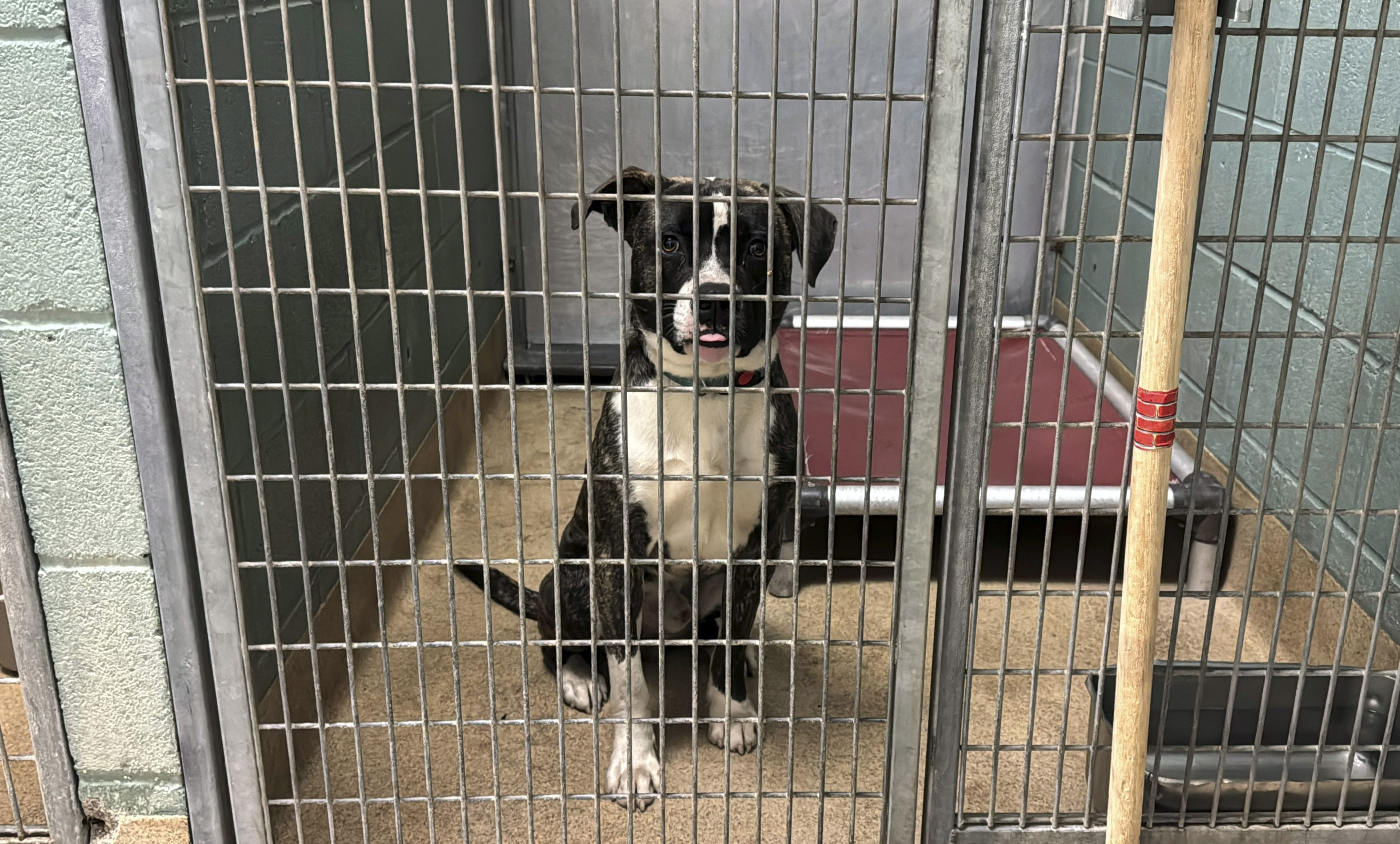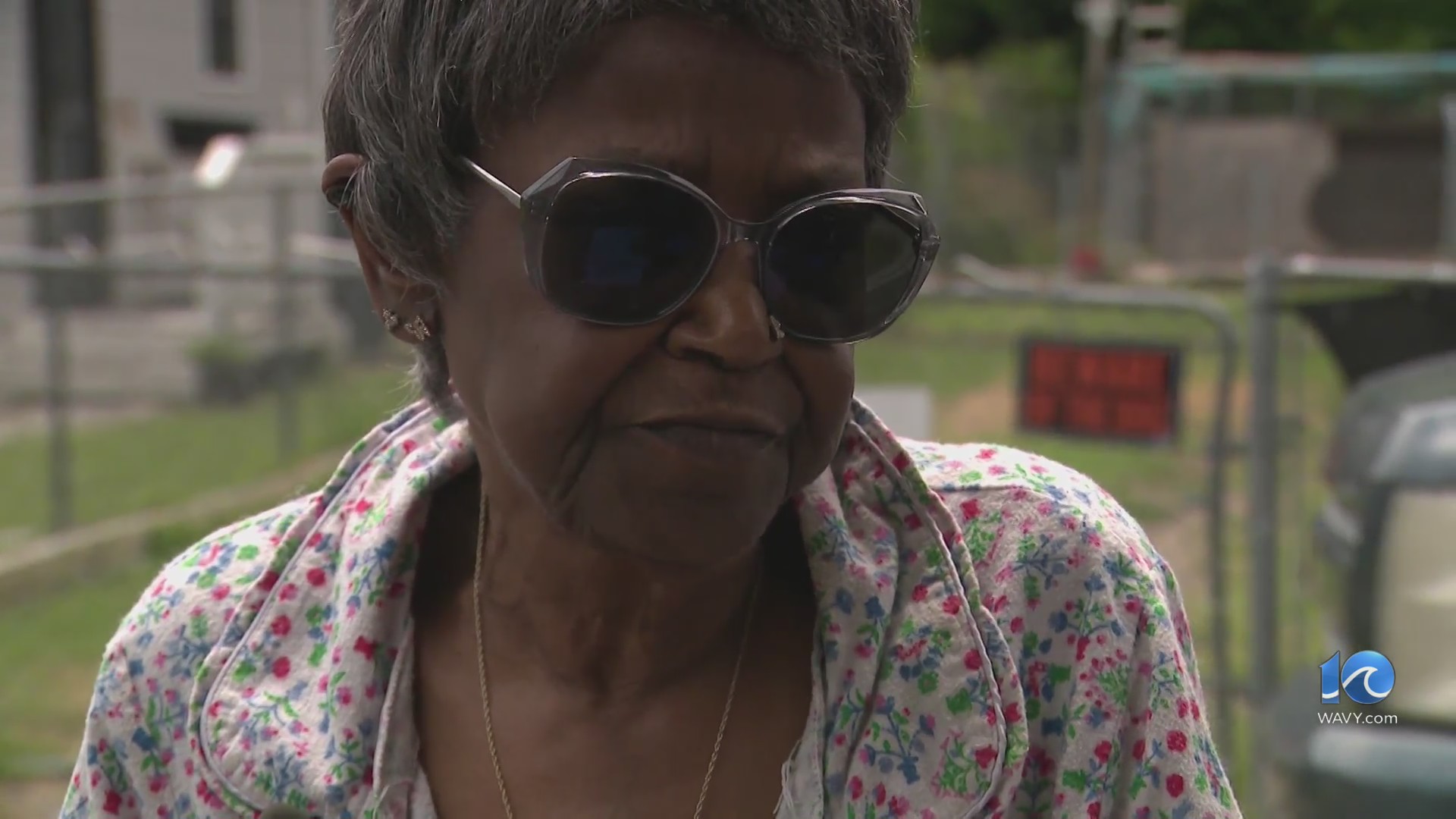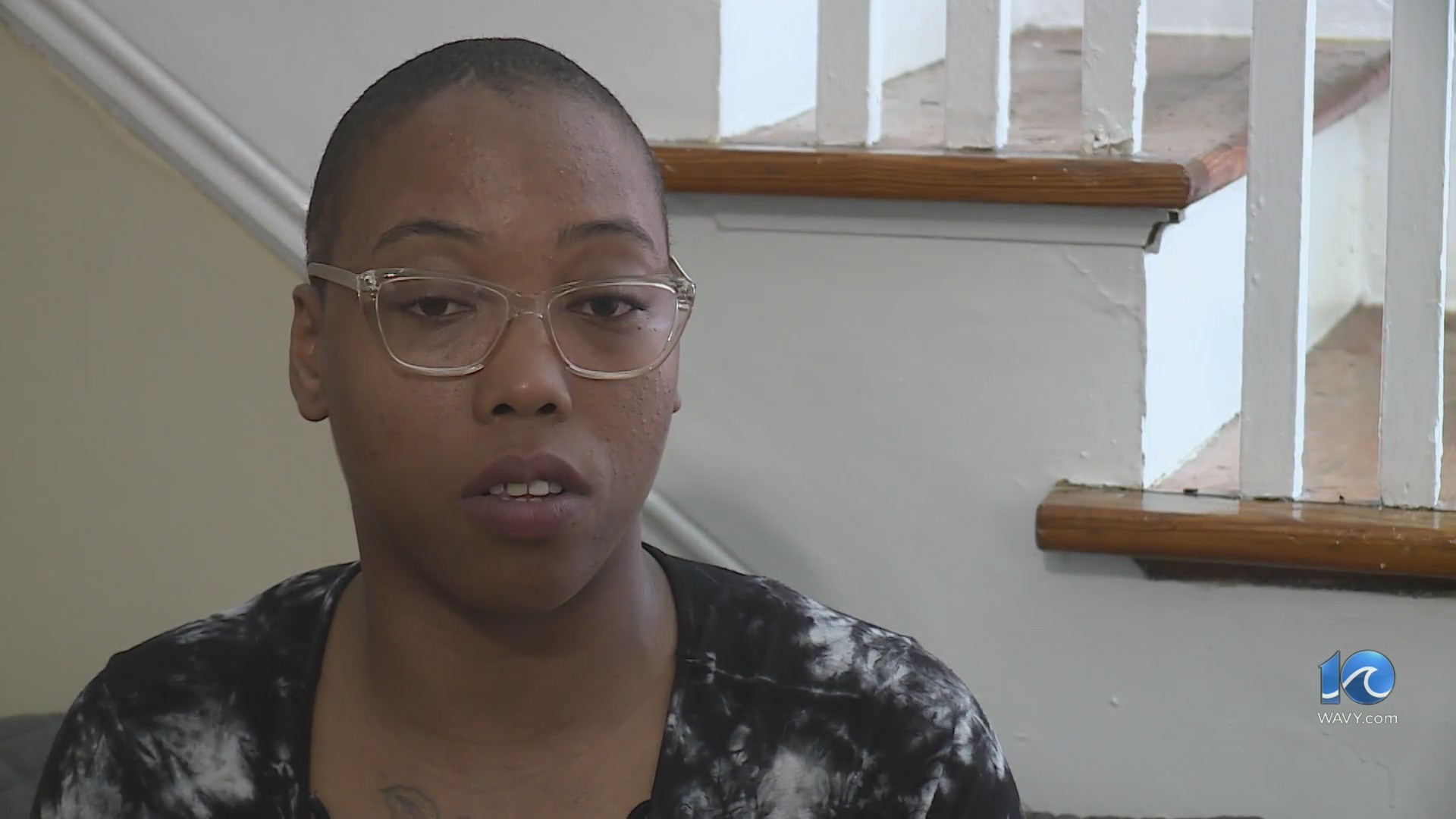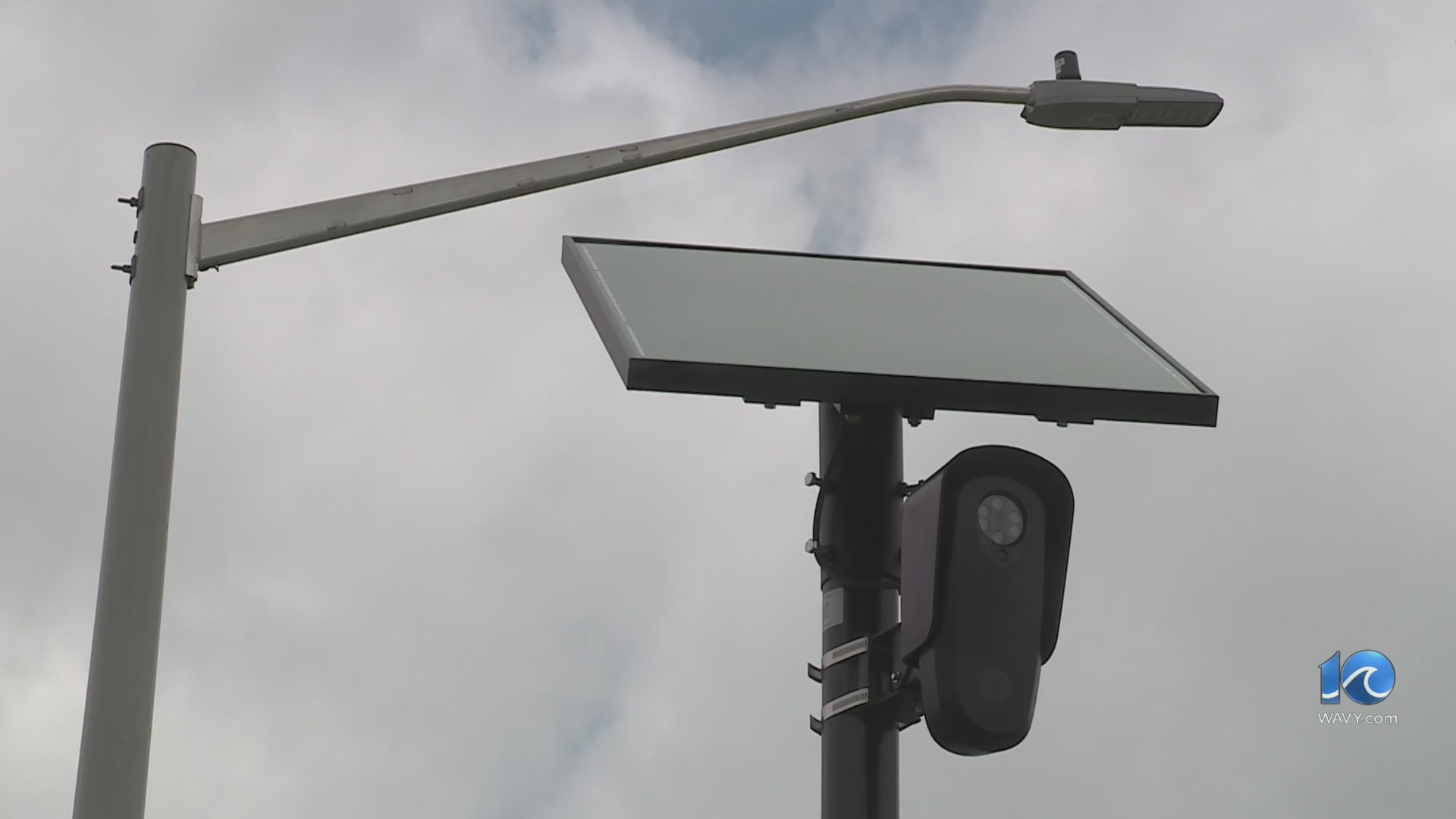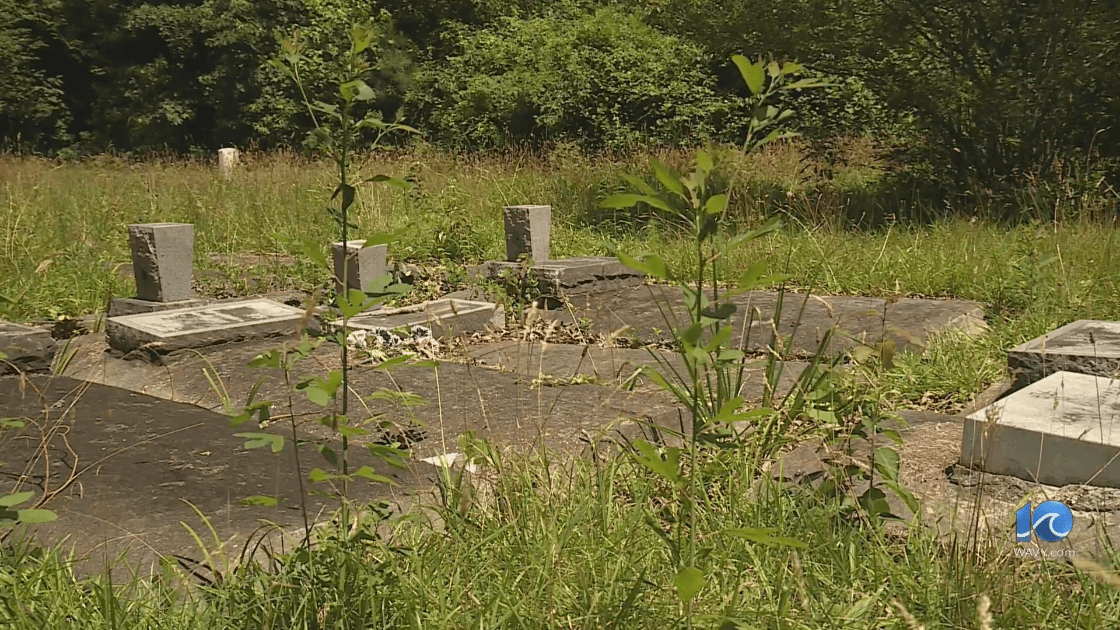NORFOLK, Va. (WAVY) — Quarantine is a word we’ve all had to get used to in the last few months while dealing with the coronavirus crisis. However, it’s not a new strategy.
RELATED: Read about Virginia’s latest coronavirus case count
It has a dark and complex history used to help stop the spread of diseases. There’s a grim reminder of that on Old Dominion University’s campus.
If you passed this sign on ODU’s campus six months ago, you may not have given it a second glance. Now, it’s certain to make you stop in your tracks.

Quarantine Road runs through the campus. It’s located behind the Webb Center. There was once two quarantine houses that stood off Lambert’s Point in Norfolk, and another was on Eleanor Court in Larchmont, according to Annette Finley-Croswhite, a history professor at ODU.
In 1783, the Virginia Assembly passed a public health law that required vessels coming from foreign ports to undergo quarantine if there was suspicion of infectious disease aboard
Finley-Croswhite said captains wouldn’t divulge information about the crew’s health conditions so they wouldn’t have to go to quarantine homes. She says that contributed to the spread of yellow fever in 1855.
“After the American Revolution and the French Revolution, many people felt empowered as citizens with rights. They began to say ‘well, I have a right to not be in quarantine’ sort of like you hear today, some people saying ‘I have a right to not to not wear a mask’,” she said.
Finley-Croswhite says history has taught us that disease destroys economies. At the time, Norfolk was on the rise as a port town when yellow fever broke out. The city’s economy took a major hit, and was nearly beyond the point of no return.
“Economies are devastated because of quarantine,” she said. “In 1855 if you read the newspaper, it talks about the fact that the businessmen don’t know what to do. People can’t make a living.”
Despite the more than two century time difference, doctors and nurses were some of the unsung men and women as well in 1855.
Finley-Croswhite said it was slaves and free blacks who sustained vital services in the city and helped nurse the sick, but adds their stories are not well documented.
To read more about the history on quarantine in Norfolk during the yellow fever outbreak, click here.
